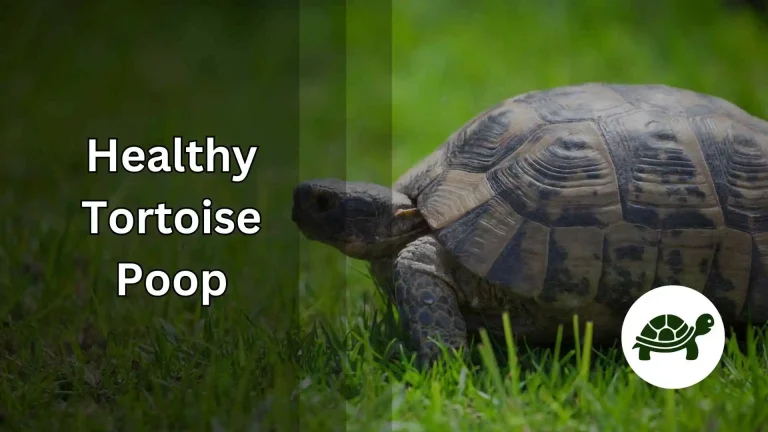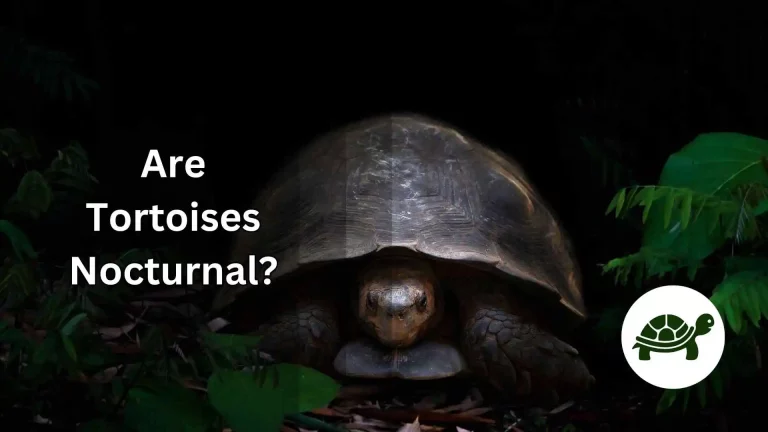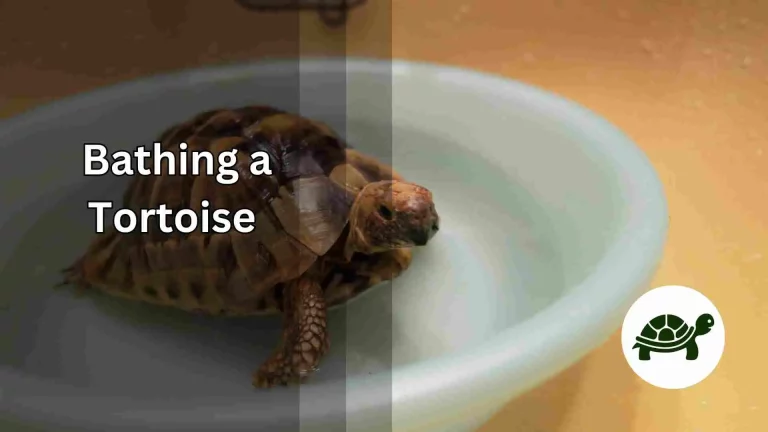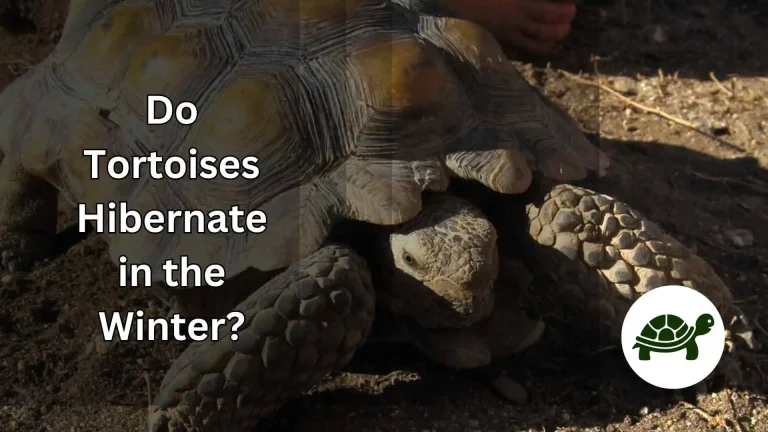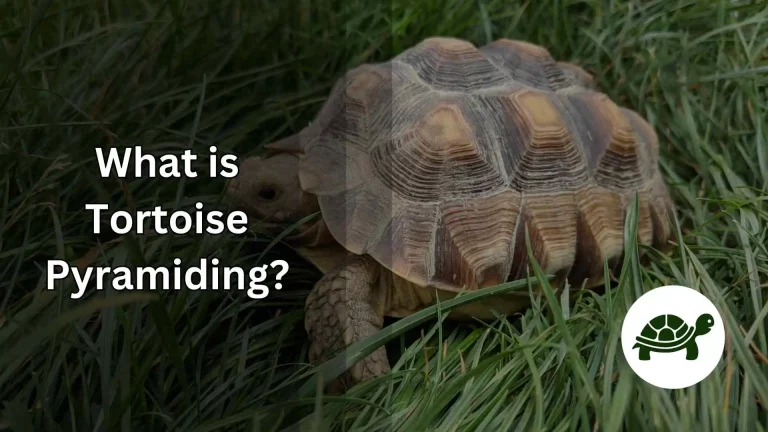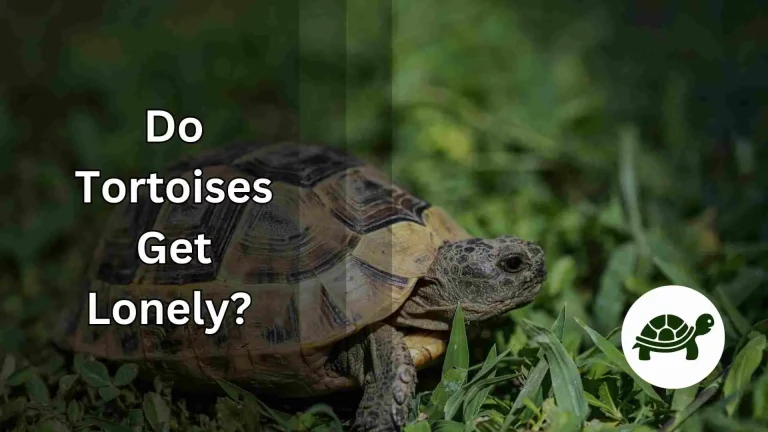Best Plants For Tortoise Enclosure – All In One Guide
When setting up an enclosure for your shelled companion, the greenery you choose plays a pivotal role not just in aesthetics but also in the overall health and happiness of your tortoise. The right plants can transform an ordinary enclosure into a lush, vibrant haven that provides both nourishment and a slice of the natural habitat for your tortoise. This guide dives deep into the world of tortoise-friendly plants, helping you make informed decisions that cater to both the dietary and environmental needs of your pet.
The flora within a tortoise’s living space serves a dual purpose. Firstly, it supplements their diet, providing essential vitamins and minerals. But beyond nutrition, plants offer a sense of familiarity, mimicking the landscapes tortoises roam in the wild. They offer shade, create hiding nooks, and even act as playful obstacles, making the enclosure an interactive playground.
Whether you’re a novice tortoise owner or a seasoned enthusiast, understanding which plants best serve your pet’s requirements is crucial. Dive in as we explore the best plants for a tortoise enclosure, ensuring a thriving, healthy, and visually appealing space for your beloved reptile.
Why Plants Matter in a Tortoise Enclosure
Plants, often regarded as mere decorative elements, play a far more integral role in a tortoise’s life than one might initially believe. When it comes to a tortoise enclosure, they’re not just about aesthetics; they directly impact the well-being and quality of life of your pet.
Nutritional Benefits
Every tortoise enthusiast knows that a varied, plant-based diet is key to their pet’s health. Specific plants are nutritional powerhouses, packed with essential vitamins, minerals, and fiber that tortoises thrive on. By introducing a diverse range of edible plants into their enclosure, you’re not just offering a treat but ensuring a balanced and enriched diet. This natural grazing behavior mirrors their activities in the wild, keeping them engaged and nourished simultaneously.
Shelter and Comfort
In nature, tortoises use vegetation as hiding spots from predators and harsh environmental conditions. Replicating this in their enclosure provides a sense of security. Plants offer shade on hot days, protecting tortoises from potential overheating. The foliage becomes a sanctuary, allowing them to retreat and feel safe. Beyond the functional aspect, the presence of plants creates a more stimulating environment, giving tortoises objects to explore and interact with, mimicking their natural habitat.
Aesthetics
For tortoise owners, the visual appeal of a well-planted enclosure is undeniable. Vibrant greens and varied textures turn a basic pen into a miniature ecosystem. It’s a sight that not only delights the viewer but fosters a richer, more stimulating environment for the tortoise. By choosing the right combination of plants, owners can recreate natural landscapes, making the enclosure a visual treat and ensuring a happier, more content pet.
In essence, plants bridge the gap between captivity and nature. They enhance the tortoise enclosure experience, both for the pet and the owner, making it more than just a containment space but a thriving, lively habitat.
Factors to Consider When Choosing Plants
Selecting plants for your tortoise enclosure is not as straightforward as picking the prettiest ones from a nursery. It’s a process that requires insight, understanding, and a bit of research. Ensuring that your chosen flora benefits, rather than harms, your tortoise is paramount. Here are some vital factors every tortoise owner should weigh before making their plant choices.
Safety
Not all green is good green for your tortoise. Some plants, while delightful to look at, can be toxic or harmful when ingested. Before introducing any plant into the enclosure, it’s crucial to verify its safety. A quick check on tortoise-friendly plant databases or consultation with a reptile expert can steer you clear of potential hazards. Remember, what might be benign to other pets or even humans can be lethal for tortoises.
Growth Rate
Plants, just like tortoises, grow at their own pace. Some can shoot up and spread rapidly, potentially overwhelming an enclosure, while others grow more conservatively. It’s essential to understand a plant’s growth behavior to ensure your enclosure remains manageable. Fast-growing plants might provide lushness quickly, but they also require more trimming and maintenance.
Tortoise Species
The world of tortoises is diverse, with each species having its own set of preferences and requirements. A plant that’s a favorite for a Russian tortoise might not sit well with a Red-footed one. Familiarize yourself with your tortoise’s natural habitat and dietary inclinations. Choosing plants native to their original environments or those they naturally consume ensures a more harmonious and beneficial enclosure setup.
In the journey of creating the perfect haven for your shelled friend, plants play a starring role. However, it’s the thoughtful selection and arrangement of these plants that transform a basic enclosure into a thriving, safe, and engaging habitat. As with all things tortoise-related, a little research and a lot of love go a long way.
Top 5 Plants for Tortoise Enclosures
Choosing the right foliage for your tortoise’s sanctuary not only adds visual appeal but can also offer a feast for your pet. Here’s a curated list of five plants, renowned for their tortoise-friendly properties, to consider for your enclosure:
Dandelion (Taraxacum officinale)

Description and Benefits: Often seen as a common weed, dandelions are a nutritious treat for tortoises. Rich in calcium and other essential nutrients, they’re a fantastic addition to their diet.
Care Tips: These hardy plants thrive in full sun to partial shade and require minimal maintenance. Just ensure they haven’t been exposed to pesticides before introducing them to the enclosure.
Hibiscus (Hibiscus rosa-sinensis)

Description and Benefits: With their vibrant flowers and broad leaves, hibiscus plants are both a visual treat and a delicious snack for tortoises. The flowers, in particular, are a favorite for many tortoise species.
Care Tips: Hibiscus prefers well-draining soil and regular watering. Ensure they receive ample sunlight for optimal growth.
Mullein (Verbascum)

Description and Benefits: Recognized for its tall stalks and yellow flowers, mullein is another tortoise favorite. It provides both shelter and nutrition.
Care Tips: Mullein thrives in dry, well-draining soil and full sun. It’s relatively drought-tolerant, making it an easy-to-care-for addition.
Clover (Trifolium)

Description and Benefits: Clover is more than just a symbol of luck. It’s packed with nutrients, making it a beneficial dietary supplement for tortoises.
Care Tips: This versatile plant can grow in various soils and prefers full sun to partial shade. Regular watering will keep it lush and green.
Plantain (Plantago major)

Description and Benefits: Not to be confused with the banana-like fruit, this plantain is a leafy green loved by tortoises. Its broad leaves are a rich source of calcium and fiber.
Care Tips: Plantain is low-maintenance, thriving in most soil types and lighting conditions. Just keep the soil consistently moist.
Incorporating these plants into your tortoise enclosure will not only enhance its beauty but also offer a natural, nutritious buffet for your pet. However, always ensure that any plant you introduce is free from pesticides and other chemicals.
Plants to Avoid in a Tortoise Enclosure
While greenery can offer a treasure trove of benefits for your shelled friend, it’s vital to remember that not all plants are allies. Some, even though captivating to look at, can pose severe risks when ingested. As stewards of our tortoise’s well-being, steering clear of these potentially harmful plants is paramount. Here are some common plants that should never make their way into a tortoise enclosure:
Foxglove (Digitalis purpurea)

Why It’s Harmful: This plant, while beautiful with its tubular flowers, contains toxins that can affect a tortoise’s heart. Even a small amount can be lethal.
Appearance: Tall spikes of bell-shaped flowers in various colors, from purple to white.
Rhubarb (Rheum Rhabarbarum):

Why It’s Harmful: The leaves of the rhubarb plant contain oxalic acid, which can cause kidney problems in tortoises.
Appearance: Large, triangular green leaves with thick, red or green stalks.
Azalea (Rhododendron spp.)

Why It’s Harmful: All parts of the azalea plant are toxic to tortoises, potentially causing gastrointestinal issues, lethargy, or even death.
Appearance: Shrubs with clusters of vibrant flowers, ranging from pink to red or white.
Oleander (Nerium oleander)

Why It’s Harmful: Oleander is extremely toxic, with all parts of the plant containing cardiac glycosides that can be fatal to tortoises.
Appearance: Evergreen shrubs with elongated leaves and clusters of pink, red, or white flowers.
Ivy (Hedera spp.)

Why It’s Harmful: Many types of ivy, especially English ivy, contain compounds that can cause vomiting, diarrhea, and abdominal pain in tortoises.
Appearance: Climbing or trailing vines with lobed leaves, often green with variegated varieties available.
While the allure of these plants might be tempting for landscaping purposes, their dangers far outweigh their beauty in the context of a tortoise habitat. Always conduct thorough research or consult with reptile experts before introducing any new plant into the enclosure. The adage “better safe than sorry” holds especially true when curating the perfect environment for your beloved tortoise.
Tips for Introducing New Plants
Breathing life into your tortoise enclosure with new plants can be an exciting endeavor. But, like introducing a new food to a baby’s diet, there’s a method to ensure the transition is smooth and safe for your shelled pal. Whether you’re a novice looking to set up your first enclosure or a seasoned tortoise enthusiast, these guidelines will help you introduce new plants with confidence:
Quarantine
Before any plant makes its debut in the enclosure, it’s wise to quarantine it for a week or two. This helps ensure no unwanted pests or diseases hitch a ride into your tortoise’s space. During this period, monitor the plant for signs of bugs, mold, or other abnormalities.
Plant Placement
Consider your tortoise’s behavior and the plant’s growth pattern when deciding on placement. Some plants might be better suited for the enclosure’s periphery, while others can take center stage. This not only ensures optimal growth for the plant but also reduces potential disturbances caused by an adventurous tortoise.
Observation
After introducing a new plant, closely watch how your tortoise interacts with it. Some tortoises might be more curious and nibble on the new addition, while others might simply bask in its shade. Monitoring these interactions will give you insights into your tortoise’s preferences and ensure the plant isn’t causing any harm.
Avoid Chemicals
Ensure that any plant you introduce is free from pesticides, fertilizers, or other chemicals. While these might be beneficial for the plant’s growth, they can be harmful, if not lethal, to tortoises. Opt for organic plants or thoroughly wash and detoxify them before introducing them to the enclosure.
Be Prepared for Change
Tortoises, like all creatures, have their own personalities. They might take a liking to a particular plant and munch on it often, or they might completely ignore it. Be flexible and prepared to make changes based on your tortoise’s behavior and feedback.
Incorporating new plants into your tortoise’s environment can be a rewarding experience, enriching the space both nutritionally and aesthetically. However, a thoughtful approach ensures that this addition enhances your pet’s life, promoting health, happiness, and well-being in their mini paradise.
Frequently Asked Questions (FAQs)
1. How often should I introduce new plants into my tortoise enclosure?
Introducing new plants isn’t about frequency but more about necessity and diversity. If the existing plants are thriving and fulfilling your tortoise’s needs, there’s no need for frequent changes. However, varying the plant species occasionally can provide a diversified diet and a stimulating environment for your tortoise.
2. Can I use plants from my garden in the tortoise enclosure?
While using garden plants might seem economical and convenient, it’s essential to ensure they haven’t been exposed to pesticides or other chemicals. Always verify that the plant species is safe for tortoises and consider quarantining it first to ensure no pests are introduced into the enclosure.
3. My tortoise doesn’t seem interested in the new plant. What should I do?
Tortoises have their own preferences, just like us. If your pet doesn’t take an immediate liking to a new plant, give it some time. If, after several days, there’s still no interest, you might consider replacing it with another tortoise-friendly option.
4. Are there any signs of plant toxicity I should watch for in my tortoise?
If a tortoise ingests a toxic plant, symptoms might include lethargy, lack of appetite, excessive salivation, or difficulty breathing. If you notice any of these signs, remove the suspected plant immediately and consult with a reptile veterinarian.
5. How can I make sure the plants in the enclosure get enough sunlight, especially during colder months?
Sunlight is essential for the health of both plants and tortoises. During colder months or in areas with limited natural light, consider using UVB lighting or plant-friendly grow lights to supplement the light requirements. This ensures the plants remain healthy and continue to benefit your tortoise.
Conclusion
Navigating the world of flora for your tortoise enclosure can be both thrilling and challenging. But the rewards—seeing your shelled friend thrive amidst a backdrop of lush, safe, and nutritious plants—are immeasurable. As guardians of these remarkable creatures, it’s our responsibility to curate an environment that mirrors their natural habitat, both in nutrition and aesthetics. Furthermore, it’s also important to look at which live plants suit best to the needs of a tortoise enclosure.
By striking a balance between beauty and functionality, ensuring plant safety, and continually educating ourselves, we can create a verdant haven that promotes health, happiness, and longevity for our beloved tortoises.


